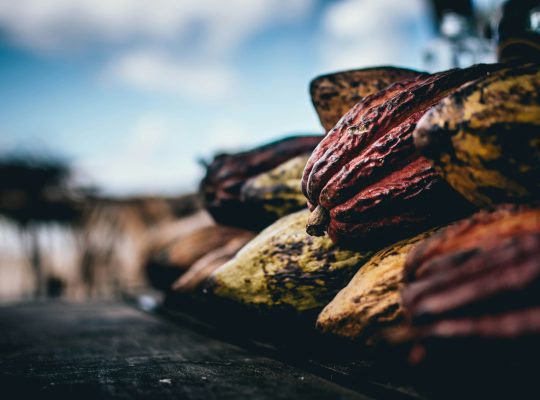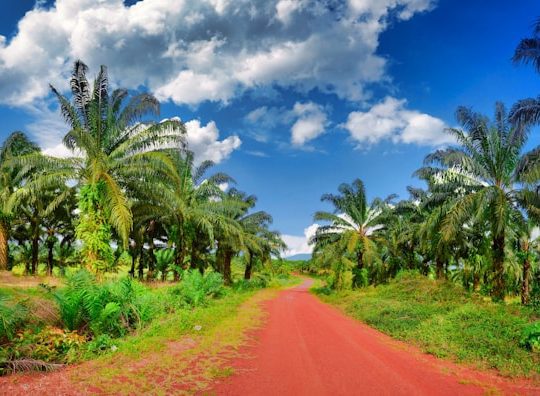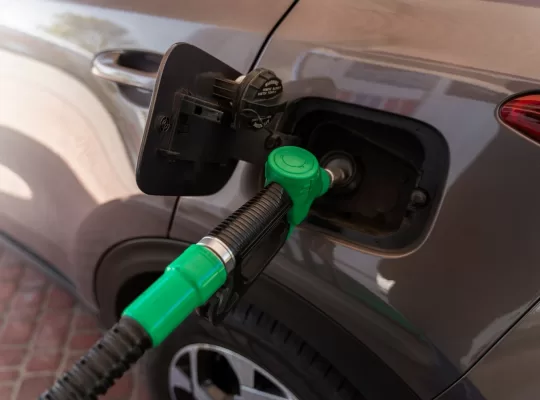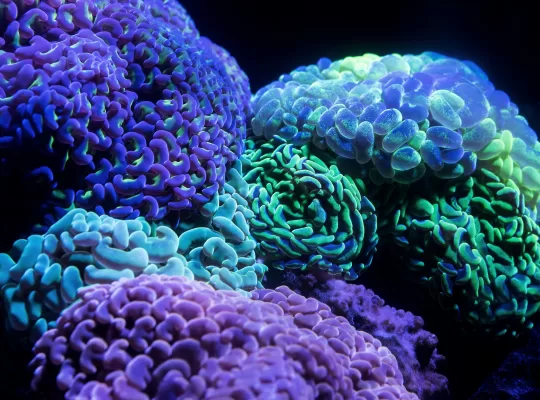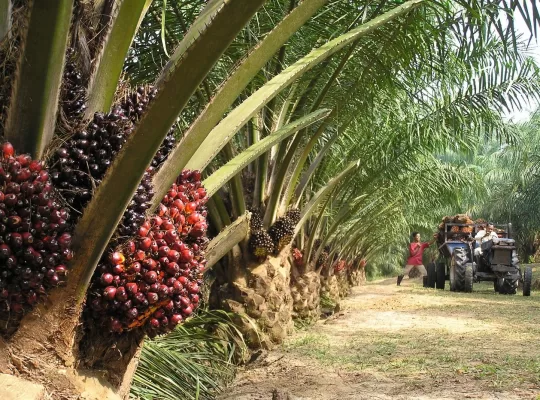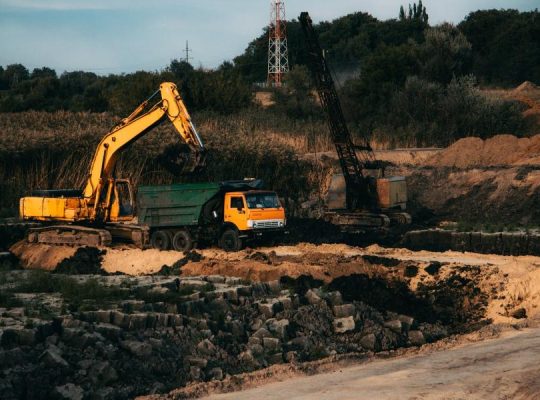Indonesia stands at the crossroads of a significant economic metamorphosis, anchored by its vast natural resources. Among these, nickel has emerged as a cornerstone of the country’s mineral wealth, eager to meet the surging global demand driven by transformative industries, particularly the electric vehicle (EV) battery market. This article delves into Indonesia’s journey to becoming a titan in the nickel export market, uncovering the intricacies of its policies, investments, and the indelible environmental and social impacts that accompany this lucrative venture.
Introduction
The Indonesian archipelago, blessed with a rich tapestry of natural resources, has traditionally relied on its extensive mineral wealth as a key driver for economic growth. As the world pivots towards sustainable energy, the significance of mineral commodities, particularly nickel, has skyrocketed, given its critical role in manufacturing lithium-ion batteries for EVs. This paradigm shift has positioned Indonesia, with its substantial nickel reserves, as a pivotal player in satisfying the hunger of a technology-driven future.
Indonesia’s Nickel Reserves
Indonesia’s subsoil boasts some of the largest and highest-grade lateritic nickel deposits in the world. With areas such as Sulawesi, Halmahera, and Papua being rich in nickeliferous limonite and saprolite ores, Indonesia has a hefty comparative advantage. When juxtaposed with other global giants like the Philippines, New Caledonia, and Russia, Indonesia’s reserves are not only abundant but also more accessible and cost-effective to extract, translating into a competitive edge in the market.
Government Policies and Export Strategies
Indonesia’s shrewd export ban on nickel ore, implemented in 2020, signaled the nation’s intent to ascend the value chain. This maneuver was part of a long-term strategy to transition from exporting raw nickel ore to more refined products, enticing investments in domestic processing capabilities. While the policy has roiled the global nickel supply chain, causing short-term ripples in supply and price volatility, the long-term vision is clear—Indonesia is focused on establishing an integrated nickel industry, from mining to manufacturing advanced battery components.
Investment and Development in Nickel Processing
The lure of Indonesia’s nickel has attracted substantial foreign investment, most notably from Chinese conglomerates eager to secure upstream integration for their battery production lines. The archipelago has become a magnet for investments into cutting-edge smelters and high-pressure acid leach (HPAL) processing plants. These facilities are essential to transform nickel laterite ores into nickel sulfate, the precursor for high-quality battery cathodes. Indonesia is steadfast in its mission to add significant value to its nickel exports, converting natural endowments into economic prosperity.
Environmental and Social Considerations
The windfalls of nickel mining and processing, however, come with their share of environmental and social challenges. The process is water-intensive, generates waste, and carries significant risks of ecological contamination. As such, the Indonesian government and mining entities are under increasing pressure to adopt stringent environmental safeguards. Concurrently, social considerations like the displacement of local communities, indigenous rights, and the long-term welfare of mining regions are critical aspects that need a balanced approach to ensure inclusive growth.
The Future of Indonesia’s Nickel Market
The outlook for Indonesia’s nickel export market is buoyant, with predictions of sustained growth backed by the escalating demand for EV batteries. Nevertheless, the sector faces potential hurdles, such as fluctuating global metal prices, the intricacies of technology transfer in processing investments, and the ongoing obligation to harmonize economic benefits with environmental and social stewardship.
Conclusion
Indonesia’s ascension in the nickel export market is a testament to its strategic policy-making and ability to harness its natural resources effectively. The journey ahead for nickel is brimming with potential, as it underpins the global transition to greener economies. As the nation continues to unfold this chapter of economic development, it stands as a quintessential model of how resource-rich countries can leverage their assets, navigate the evolving tapestry of global commodity markets, and pivot towards a future where sustainable practices coexist with economic imperatives.






